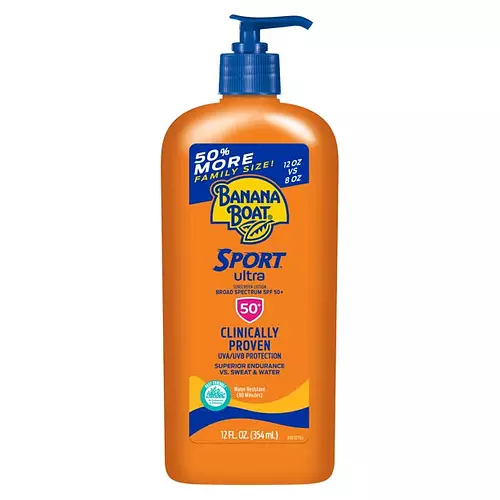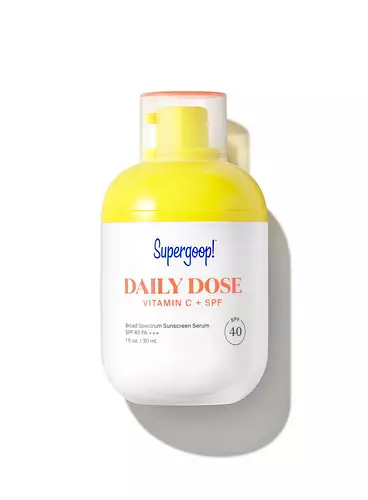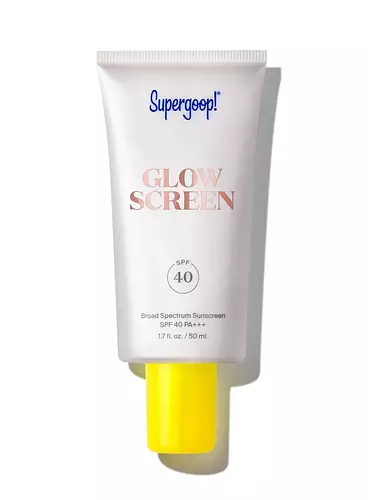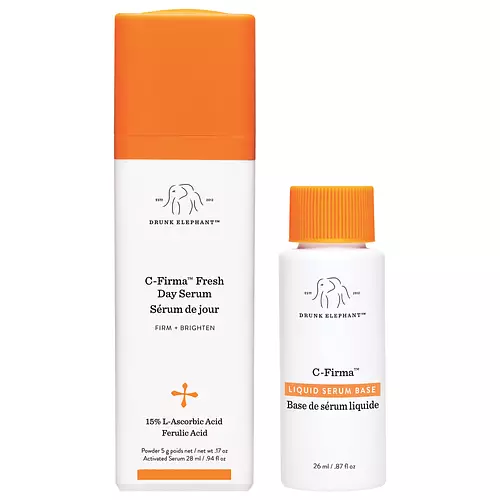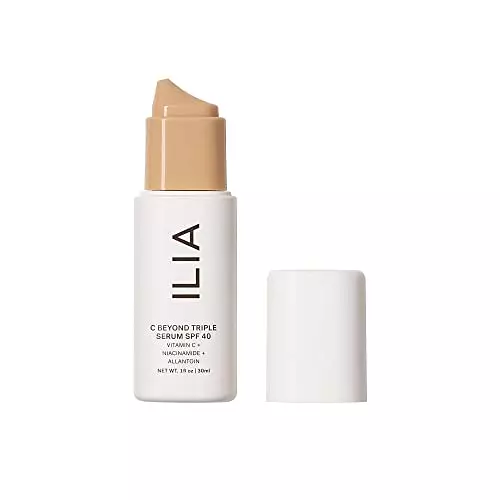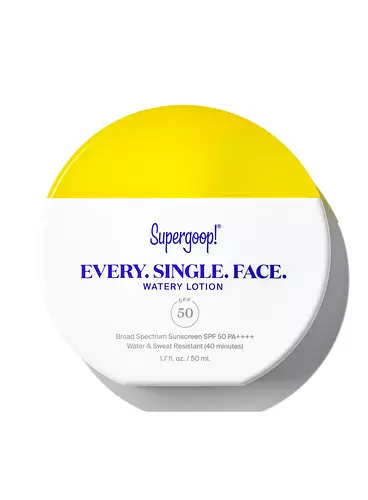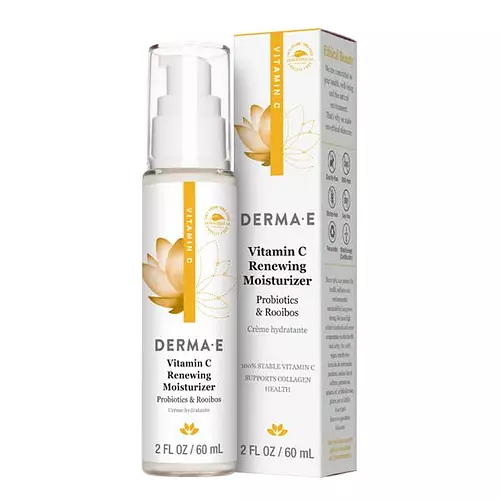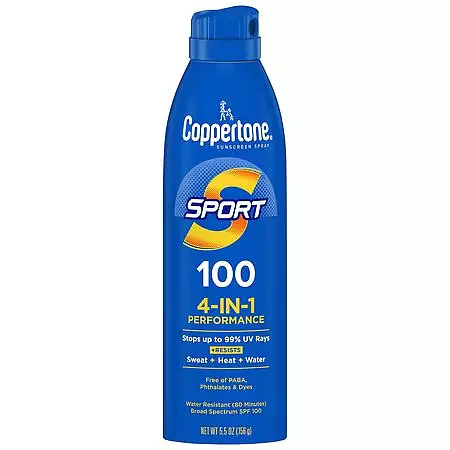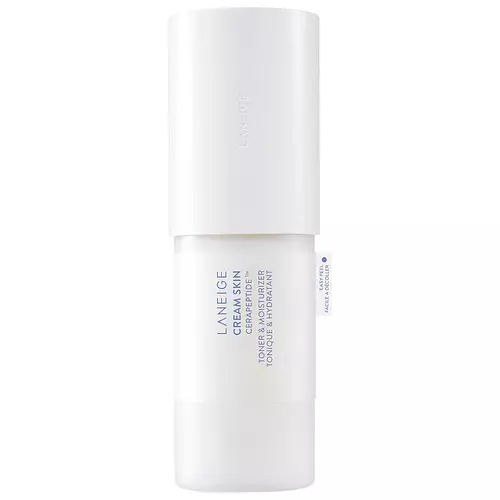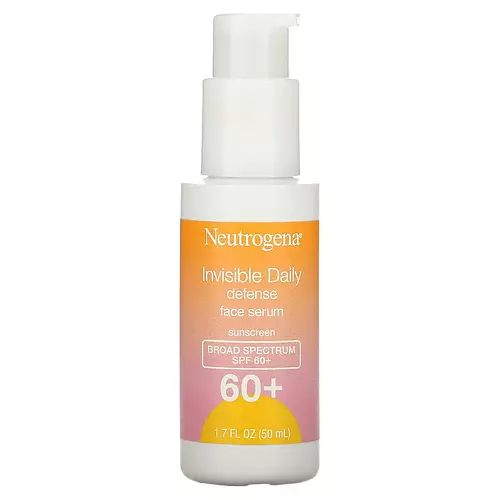Banana Boat Ultra Sport Sunscreen Lotion, Broad Spectrum, SPF 50 Versus Supergoop! Daily Dose Vitamin C + SPF 40
Overview
What they are
These products are both sunscreens. They have a total of 4 ingredients in common
Suited For
They're both likely to be good for brightening skin
Free From
They both do not contain any harsh alcohols, oils or parabens
What's Inside
They both contain fragrances
We independently verify ingredients, and our claims are backed by peer-reviewed research. Spot a product that needs an update? Let us know.
Ingredient Info
Banana Boat Ultra Sport Sunscreen Lotion, Broad Spectrum, SPF 50 18 ingredients
Supergoop! Daily Dose Vitamin C + SPF 40 36 ingredients
At a glance
Click on any of the items below to learn more
Banana Boat Ultra Sport Sunscreen Lotion, Broad Spectrum, SPF 50 18 ingredients
Supergoop! Daily Dose Vitamin C + SPF 40 36 ingredients
Notable Ingredients
This product contains 1 ingredient that may have this attribute:
Benefits
This product contains 1 ingredient that may have this attribute:
Concerns
This product contains 1 ingredient that may have this attribute:
This product contains 2 ingredients that may have this attribute:
Notable Ingredients
This product contains 4 ingredients that may have this attribute:
This product contains 1 ingredient that may have this attribute:
This product contains 1 ingredient that may have this attribute:
This product contains 1 ingredient that may have this attribute:
This product contains 1 ingredient that may have this attribute:
Benefits
This product contains 1 ingredient that may have this attribute:
This product contains 1 ingredient that may have this attribute:
This product contains 2 ingredients that may have this attribute:
This product contains 1 ingredient that may have this attribute:
This product contains 1 ingredient that may have this attribute:
This product contains 1 ingredient that may have this attribute:
This product contains 2 ingredients that may have this attribute:
This product contains 1 ingredient that may have this attribute:
This product contains 1 ingredient that may have this attribute:
This product contains 2 ingredients that may have this attribute:
Concerns
This product contains 1 ingredient that may have this attribute:
This product contains 1 ingredient that may have this attribute:
This product contains 1 ingredient that may have this attribute:
This product contains 4 ingredients that may have this attribute:
This product contains 2 ingredients that may have this attribute:
Ingredients Side-by-side
Ingredients Explained
These ingredients are found in both products.
Ingredients higher up in an ingredient list are typically present in a larger amount.
Water. It's the most common cosmetic ingredient of all. You'll usually see it at the top of ingredient lists, meaning that it makes up the largest part of the product.
So why is it so popular? Water most often acts as a solvent - this means that it helps dissolve other ingredients into the formulation.
You'll also recognize water as that liquid we all need to stay alive. If you see this, drink a glass of water. Stay hydrated!
Learn more about WaterCaprylyl Glycol is a humectant and emollient, meaning it attracts and preserves moisture.
It is a common ingredient in many products, especially those designed to hydrate skin. The primary benefits are retaining moisture, skin softening, and promoting a healthy skin barrier.
Though Caprylyl Glycol is an alcohol derived from fatty acids, it is not the kind that can dry out skin.
This ingredient is also used as a preservative to extend the life of products. It has slight antimicrobial properties.
Learn more about Caprylyl GlycolChlorphenesin is a synthetic preservative. It helps protect a product against bacteria in order to extend shelf life. In most cases, Chlorphenesin is paired with other preservatives such as phenoxyethanol and caprylyl glycol.
Chlorphenesin is a biocide. This means it is able to help fight the microorganisms on our skin. It is also able to fight odor-releasing bacteria.
Chlorphenesin is soluble in both water and glycerin.
Studies show Chlorphenesin is easily absorbed by our skin. You should speak with a skincare professional if you have concerns about using Chlorphenesin.
Learn more about ChlorphenesinXanthan gum is used as a stabilizer and thickener within cosmetic products. It helps give products a sticky, thick feeling - preventing them from being too runny.
On the technical side of things, xanthan gum is a polysaccharide - a combination consisting of multiple sugar molecules bonded together.
Xanthan gum is a pretty common and great ingredient. It is a natural, non-toxic, non-irritating ingredient that is also commonly used in food products.
Learn more about Xanthan GumIngredient Ratings
Here's what our community thinks of the ingredients in these products.
When to use
Banana Boat Ultra Sport Sunscreen Lotion, Broad Spectrum, SPF 50 18 ingredients
Supergoop! Daily Dose Vitamin C + SPF 40 36 ingredients
Reviews
Here's what our community thinks
Banana Boat Ultra Sport Sunscreen Lotion, Broad Spectrum, SPF 50 18 ingredients
Supergoop! Daily Dose Vitamin C + SPF 40 36 ingredients
SydBerman
Meh
It was a great vitamin C for me, but it is very hard to tell if you are using the right amount of sunscreen since I can’t use the two finger...
Meh
It was a great vitamin C for me, but it is very hard to tell if you are using the right amount of sunscreen since I can’t use the two finger rule due to the packaging. Also, it was very greasy for me and sometimes broke me out
